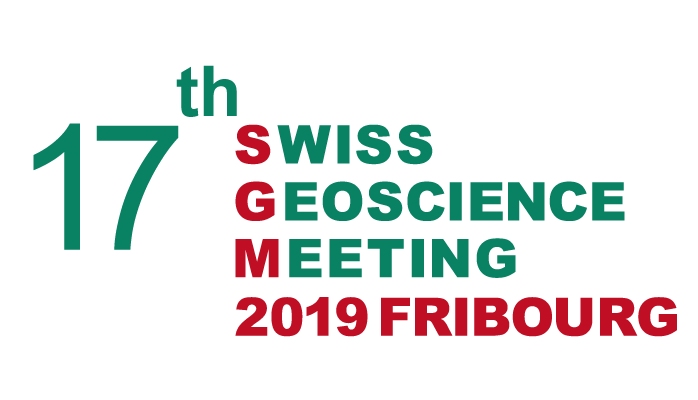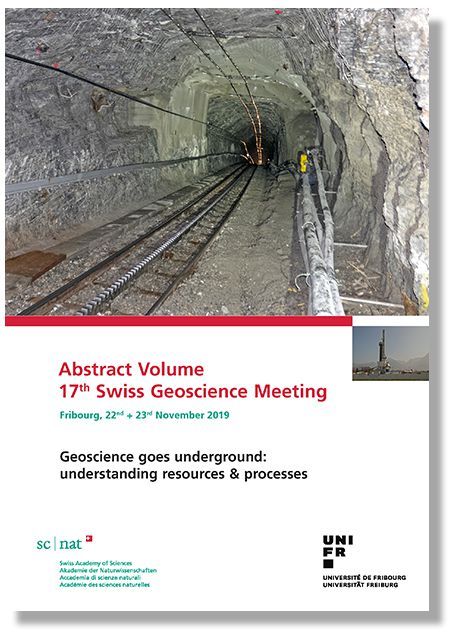17th Swiss Geoscience Meeting 2019 in Fribourg

The 17th edition of the Swiss Geoscience Meeting focused on the latest advances in research in geosciences. It was held on 22nd + 23rd November 2019 in Fribourg.
The Department of Geosciences of the University of Fribourg and the Platform geosciences of the Swiss Academy of Sciences (SCNAT) welcomed the 795 participants in the 17th Swiss Geoscience Meeting held on Friday, November 22nd and Saturday, November 23rd, 2019 in Fribourg.
On Friday 22nd
The theme of the 17th SGM Plenary Session was: “Geoscience goes underground: understanding resources & processes”.
Knowledge of the shallow and deep underground has ever-growing importance in modern society. This is especially true for Switzerland, which has a longstanding tradition of exploring the deep that was acquired over the course of decades of building tunnels throughout its territories. Hydrocarbon exploration of the Alpine Molasse Basin and the Jura fold-and-thrust belt yielded modest successes, but the public controversy regarding shale gas exploration and induced seismicity in the wake of deep geothermal exploration has highlighted the importance and the role of communication of our geoscientific knowledge to the public.
The extraction of geothermal energy, building management, and land use planning will increasingly rely on knowledge of the near and deep subsurface geology. Natural resources of the underground, such as geothermal energy (from shallow to deep), CO2 sequestration, shale gas, reservoir technology, water exploitation, subsurface energy storage, or “classic” mineral resources will thereby play a central role in the future. Geodata, GeoBIM, GeoCIM projects, and 3D geology models will reshape future management and use of underground resources and geoscientists must not miss the opportunity to get involved. Indeed, geoscientists should reach out to politicians and the public and take a position in a debate that will become increasingly more complex.
In this plenary session, the future of subsurface planning has been discussed in a first talk. Two speakers presented progress made in understanding the deep subsurface geologic system in the frame of geothermal projects and nuclear waste repository exploration. A fourth talk discussed the relevance of understanding the state of stress in the crust, which is a key issue in planning of many projects.
On Saturday 23rd
About 311 talks were given and 134 posters were presented in 25 scientific symposia covering the diverse spectrum of current research in geosciences, encompassing the lithosphere, the hydrosphere, the cryosphere, the biosphere, the atmosphere and the anthroposphere.
The SGM also provides the ideal environment to foster informal contacts and discussion among scientists, in particular during the Swiss Geoscience Party on Friday evening but also at the poster sessions on Saturday. Time is reserved for two poster sessions, at which the authors will be present for active discussion and feedback.


